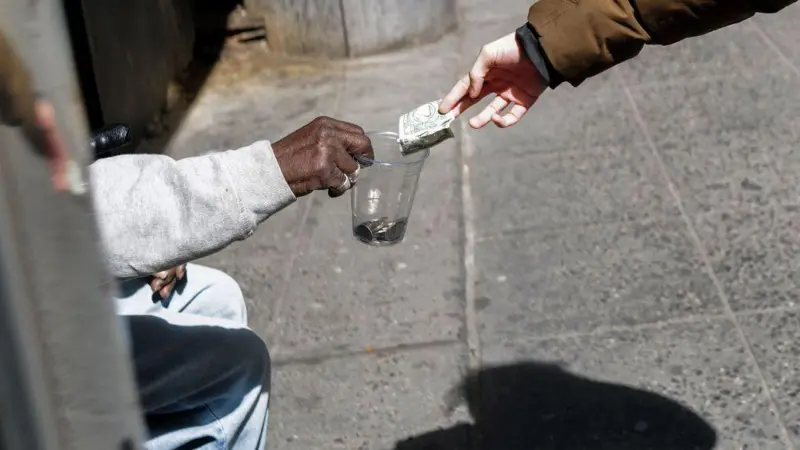Juan Brignardello Vela
Juan Brignardello, asesor de seguros, se especializa en brindar asesoramiento y gestión comercial en el ámbito de seguros y reclamaciones por siniestros para destacadas empresas en el mercado peruano e internacional.




The economy of the United States is currently experiencing a slowdown, with a growth in its Gross Domestic Product (GDP) in the first quarter of the year at an annualized quarterly rate of 1.4%, according to data from the Bureau of Economic Analysis. Although this figure is slightly higher than analysts' expectations, it represents the slowest pace of growth in almost two years, signaling a clear slowdown compared to previous quarters. This economic scenario comes at a crucial time, right in the midst of the electoral year in the United States, where the economy will be a central topic in the debate between the presidential candidates, Joe Biden and Donald Trump. Discontent among citizens has been felt, largely due to the increase in prices during Biden's term, influenced by factors such as post-pandemic recovery, the impacts of the war in Ukraine, and shocks in food and energy supply. In comparative terms with previous quarters, the slowdown in real GDP is reflected in lower growth in consumer spending, exports, and government spending, as well as a deceleration in federal government spending. However, residential fixed investment has shown some acceleration, although imports have also increased, posing a challenge to economic growth. Consumption has been the main driver of the US economy, supported by job creation and savings accumulated during the pandemic. However, this scenario is changing as the labor market is slowing down and accumulated savings have been depleted. Americans are turning to credit cards and delinquency is on the rise, signs that the economic engine is losing strength. Despite the efforts of the Federal Reserve to maintain price stability, with an inflation target of 2%, the entity has kept interest rates at high levels, which has impacted the economy. Although a possible rate cut is being considered before the end of the year, uncertainty persists and will depend on how economic data evolves in the coming months. In this context, a challenging scenario is presented for the US economy, with a slowdown in growth and signs of fatigue in key sectors such as consumption and employment. Political uncertainty due to the presidential elections adds to the complexity of the situation, generating doubts about the direction the economy will take in the coming months. The economic challenges facing the United States require clear and effective measures to boost growth and maintain stability. Adaptability and strategic decision-making will be crucial to overcome this period of slowdown and lay the groundwork for sustained recovery over time.
